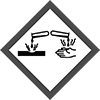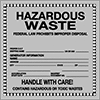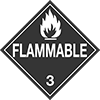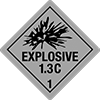Filter by
Message Type
Height
Accident Prevention Message Type
Width
Message Contains
Material
Specifications Met
Message Color
Language
Header Color
Visibility
Export Control Classification Number (ECCN)
DFARS Specialty Metals
System of Measurement
Backing Type
Number of Mounting Holes
About Accident Prevention Signs
More






















































